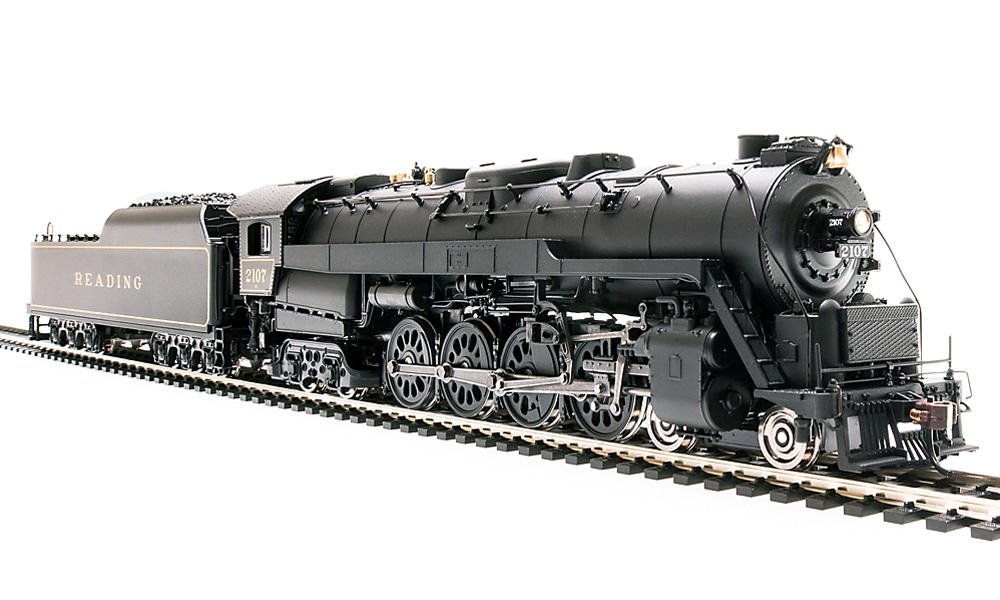
Q: My HO scale Broadway Limited Imports Reading Co. T-1 steam locomotive is making clicking noises. The strange popping, cracking noise is most noticeable in curves. Otherwise, the engine runs fine. Although it was bought some time ago, it is operationally new. I’ve attached a short video. Any thoughts? — Bill Franz A: It’s hard […]
Read More…
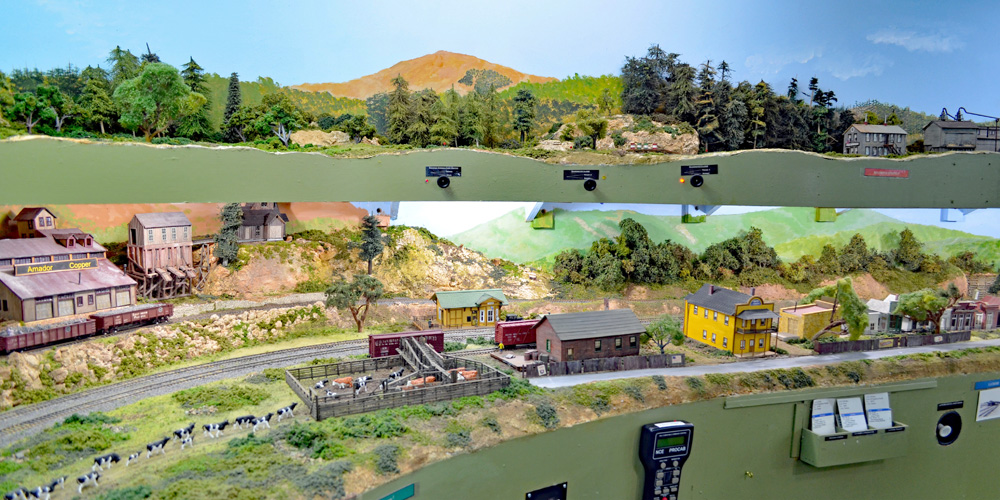
Q: I need to calculate the grade on a double deck layout. Though I’ve been interested in model railroading since I was a child, it’s been quite some time since I was active in the hobby. Now that I’m retired, I’m planning a layout. After much deliberation, I’ve settled on a two-level around-the-walls design. My […]
Read More…

Q: Do you have any suggestions on how to replace trucks on Walthers HO Horizon cars (item No. 932-6073)? — Daniel Kielty A: That part number corresponds to an HO scale Massachusetts Bay Transportation Authority commuter car. The Horizon fleet passenger cars, used by Amtrak as well as municipal transit authorities like MBTA, were built […]
Read More…
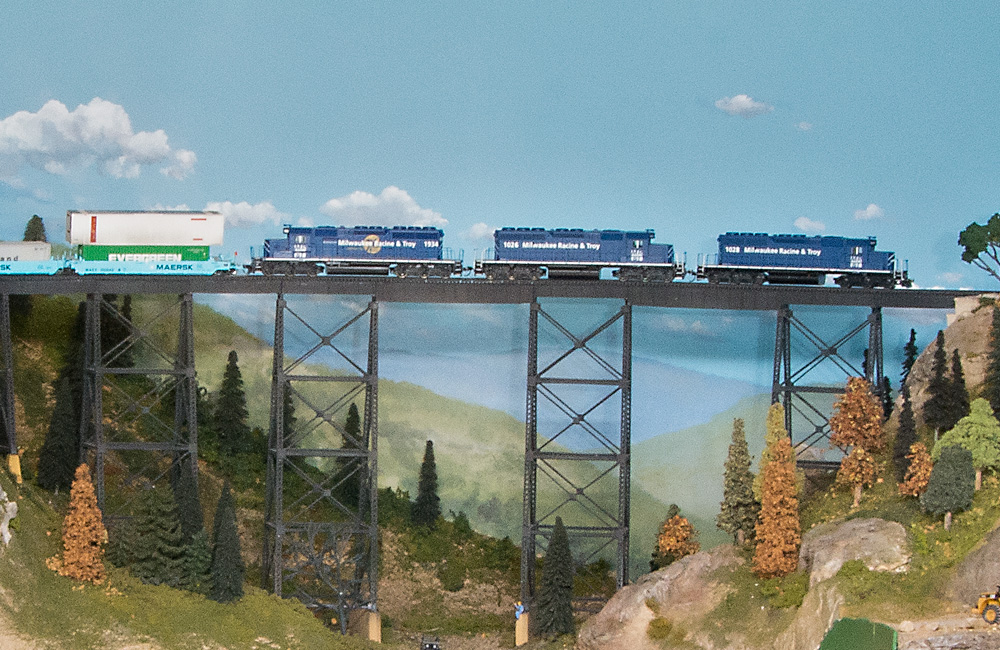
Q: I have a trestle bridge above a deep ravine on my HO scale layout and would like to automatically slow DCC locomotives approaching the bridge to avoid too rapid an entry. Using DCC, is there a method to provide such “auto deceleration?” — Paul Savello, Cedar City, Utah A: Hi, Paul. Such a thing […]
Read More…
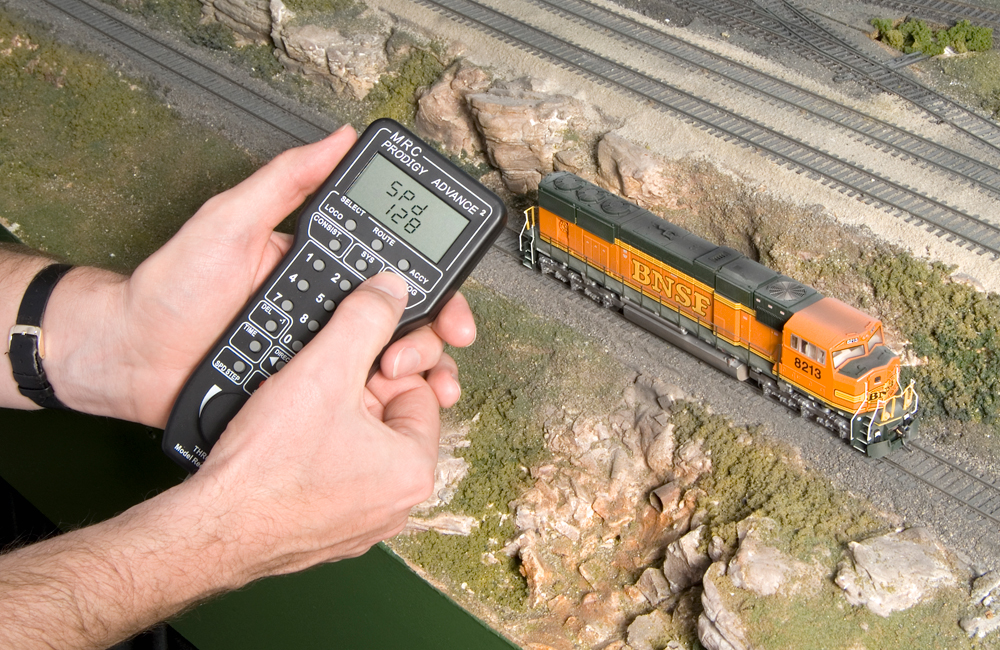
Q: In your “Ask MR” column “Speed matching DCC locomotives for better consisting”, you suggest to turn off the locomotives’ momentum, because momentum will interfere with accurately measuring the locomotives’ speed. My question is: How do I know if the ESU decoders that came with my locomotives are programed with momentum? I am using an […]
Read More…
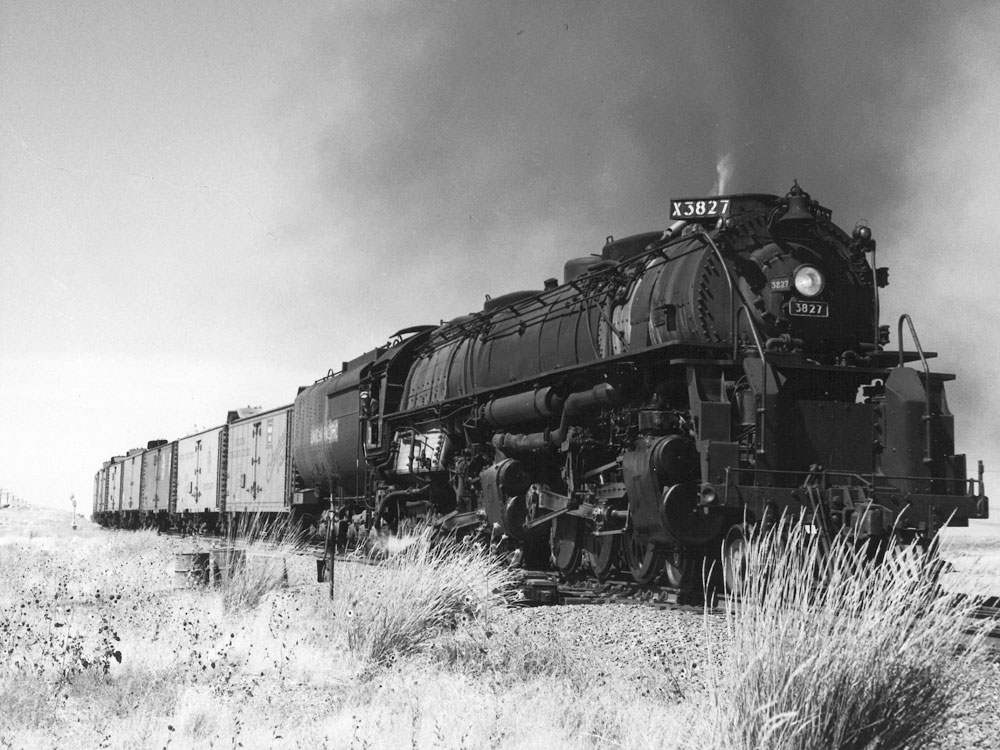
Q: I am looking for suggestions for industries for an Idaho model railroad in the 1940s. I’m working on building an HO scale 10 x 11-foot around-the-walls model railroad. I have decided to model a small town in rural Idaho along the Union Pacific in 1942. I am looking for a few plausible industries to […]
Read More…
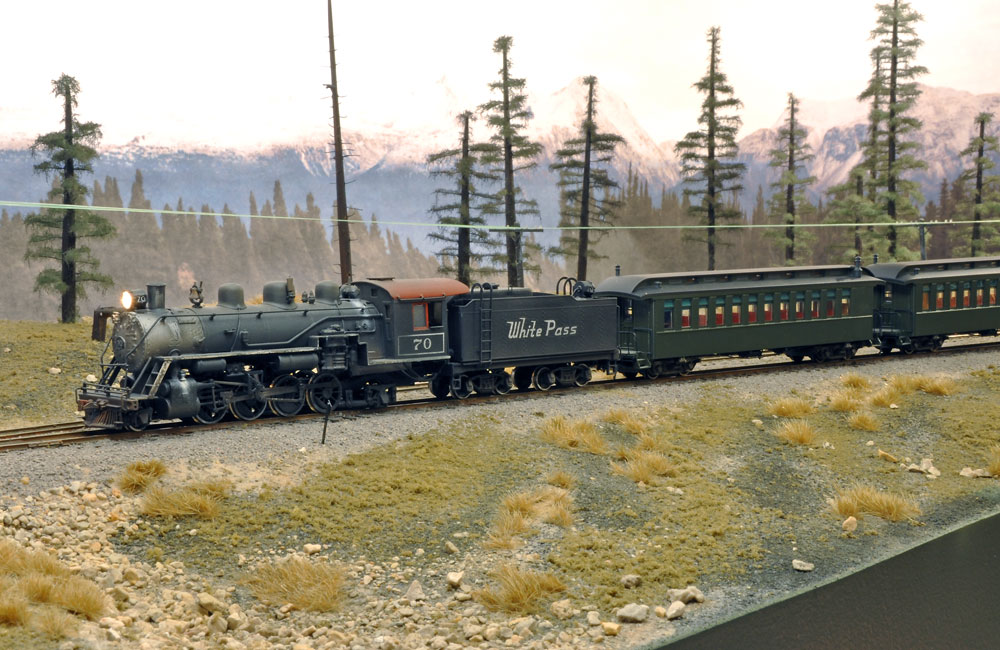
Q: I always thought N gauge track was the go-to gauge for narrow gauge HO operating equipment. I found out yesterday that is not true. I got a model kit for an HOn3 locomotive. Everything was going smoothly until I discovered the wheels and trucks supplied with the kit are spaced too far apart for N gauge […]
Read More…

Q: I recently added a Faller carousel to my HO scale model railroad. It is lighted and motorized. Now I would like to add a sound module to the layout to play carousel sounds. Any suggestions where I might find one? — Larry Gaiardelli A: I couldn’t find a sound module pre-recorded with carousel sounds, […]
Read More…
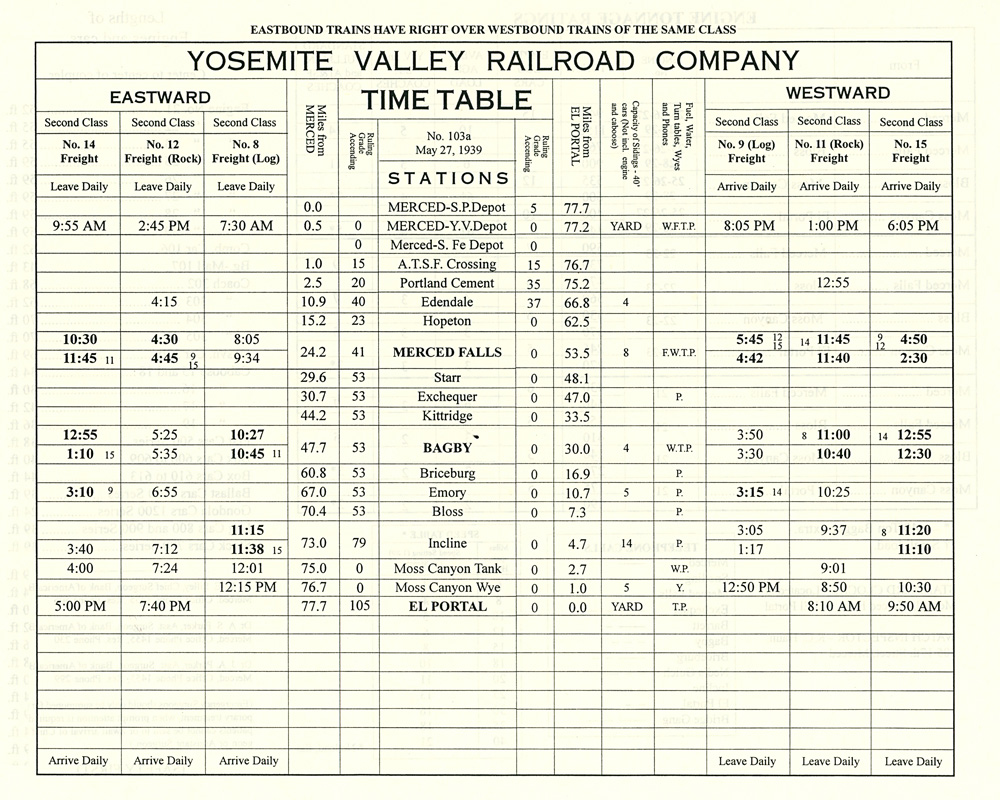
Q: Do you know of any software for producing a timetable for a model railroad? I would like to create a timetable that uses the same fonts and formats as prototype documents once used by the Milwaukee Road and Chicago & North Western. — Cully Kowal, Fond du Lac, Wis. A: Java Model Railroad Interface (JMRI), […]
Read More…
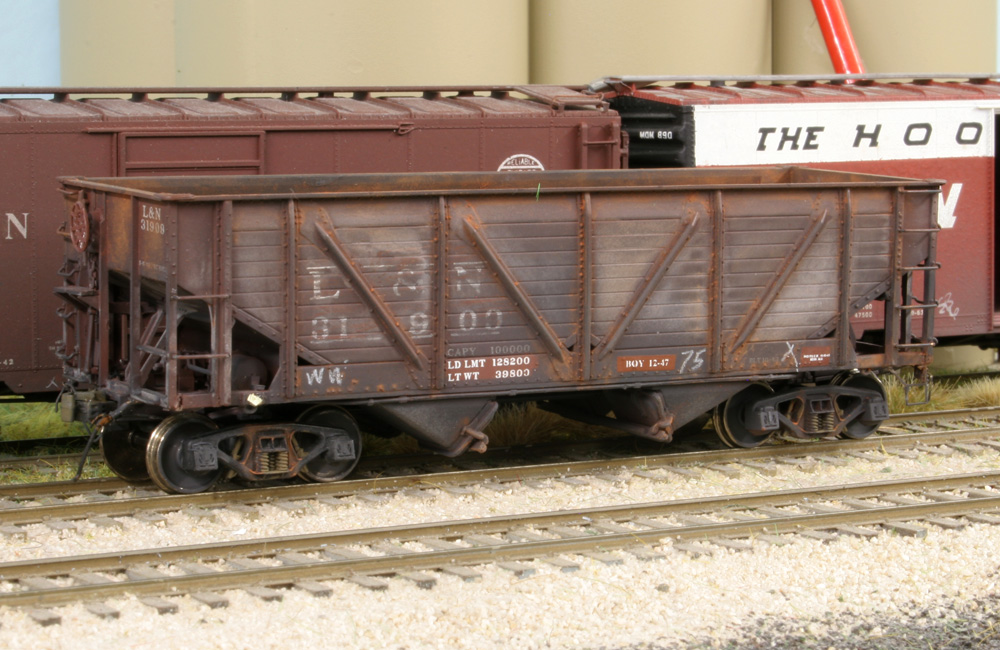
Q: I’m aware that India ink-alcohol stain fogs Dullcote and similar dulling lacquer products. But I’ve not been able to find anything on the internet that discusses what happens if you spray Dullcote onto something that has previously had an alcohol wash applied, but the alcohol has completely evaporated and is dry. I assume there is no effect, […]
Read More…
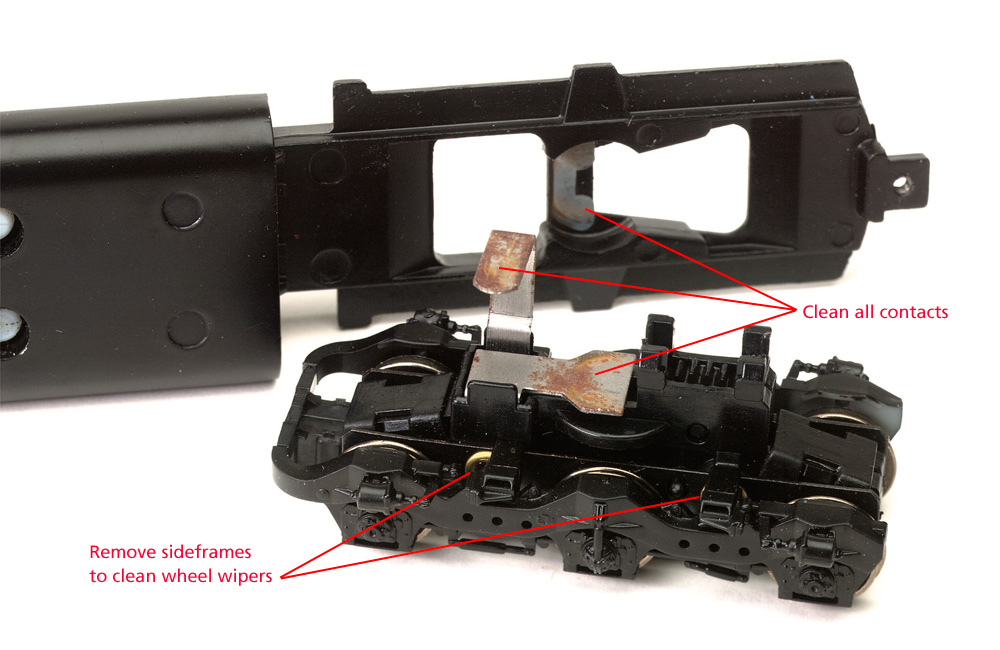
Q: I’m having some N scale locomotive electrical problems. My 6 x 8-foot layout is powered by NCE Digital Command Control. My locomotives will roll a few inches, then stop. If I give them a push, they stutter on/off, on/off, on/off. When the locomotives are moving, the block occupancy detector’s light-emitting diode (LED) is on, […]
Read More…
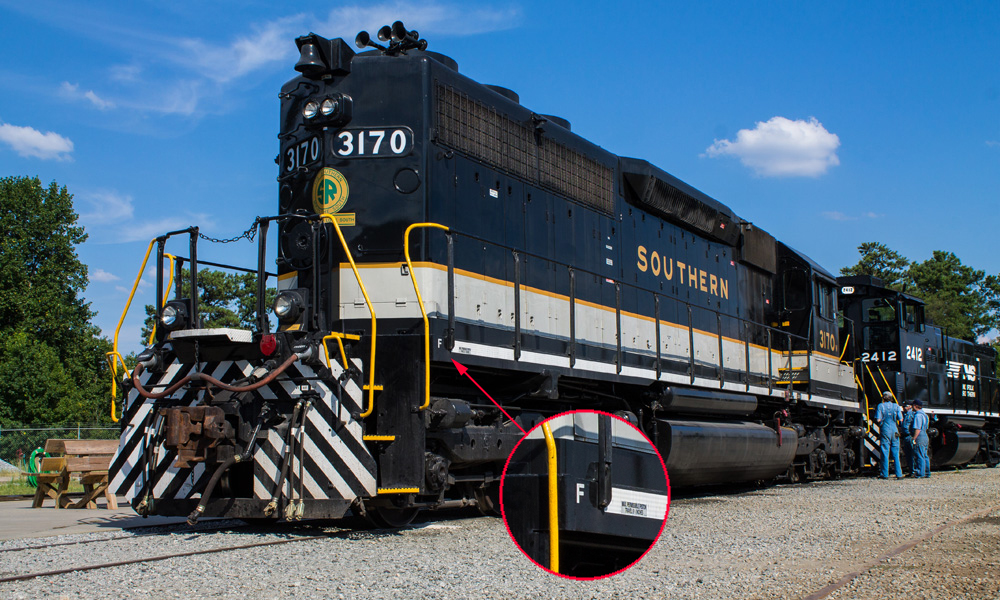
Q: I am wondering why they mark a little F on the front of a diesel. I know it stands for “Front.” However, isn’t it obvious in most cases where the front is? And in the case of a center cab switcher, where it isn’t at all obvious, why does it matter? What is the practical purpose of […]
Read More…












